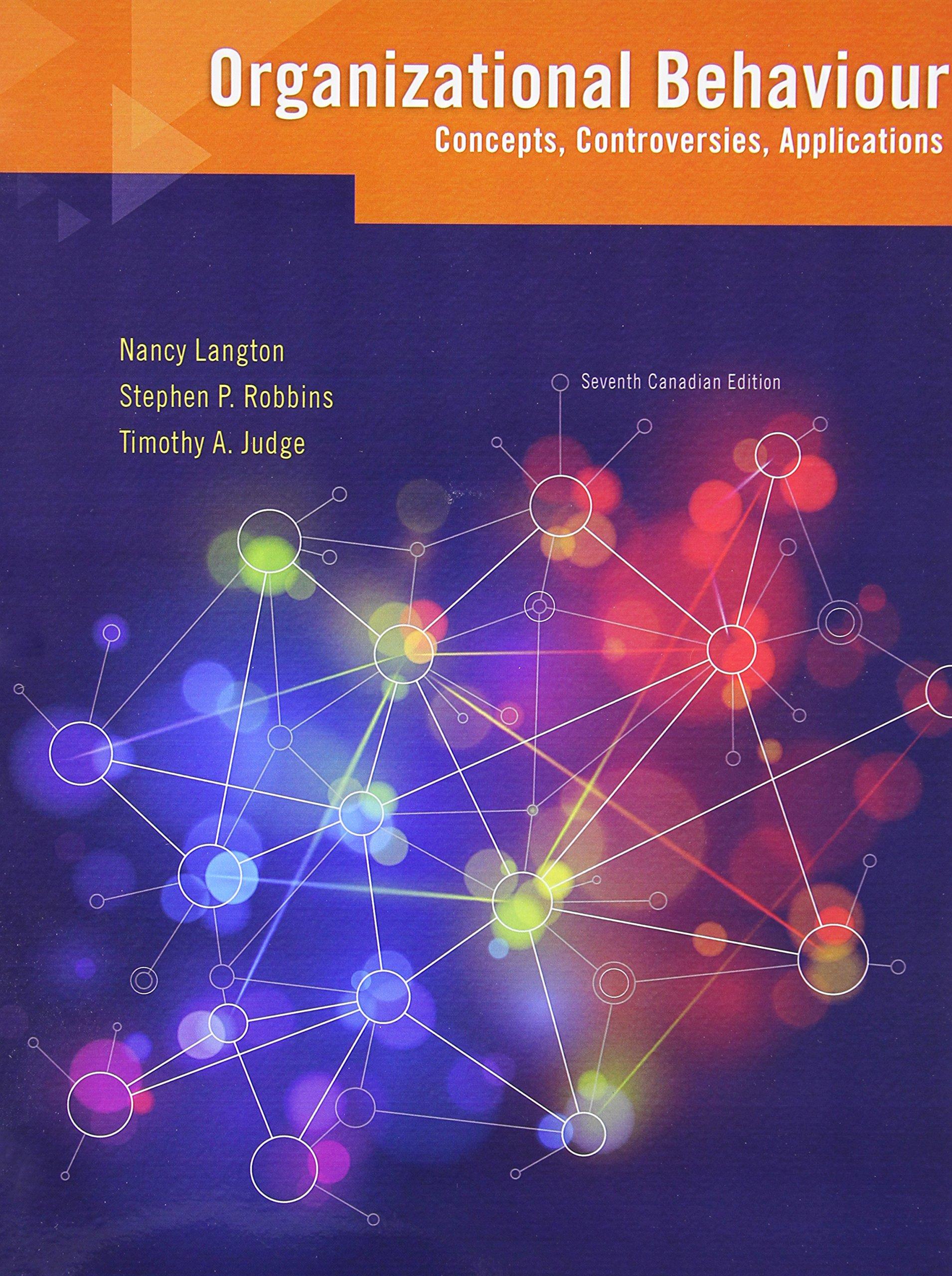Picture this. The billionaire owner and founder stands in the conference room trying on bras while the
Question:
Picture this. The billionaire owner and founder stands in the conference room trying on bras while the CEO stands behind her, adjusting the straps. The floor is littered with underwear. The owner takes off one bra and puts on another. Five executives in the conference room barely blink.
Welcome to Sara Blakely’s company, Spanx. In just a few years, Spanx has become to slimming underwear what JELL-O is to gelatin and Kleenex is to facial tissue: So dominant is the brand that its name is synonymous with the category.
At 42, Blakely is not the youngest billionaire in the world. However, she is the youngest female self-made billionaire. Like many stories of entrepreneurial success, hers is part gritty determination, part inspiration, and part circumstance. The grit was easy to see early on. As a child growing up in Clearwater Beach, Florida, she lured friends into doing her chores by setting up a competition. At 16, Blakely was so intent on success that she listened to selfhelp guru Wayne Dyer’s recordings incessantly. Friends refused to ride in her car. “No! She’s going to make us listen to that motivational crap!” Blakely recalls they said.
After twice failing to get into law school, Blakely started her first business in 1990, running a kids’ club at the Clearwater Beach Hilton. It worked until the Hilton’s general manager found out. Later, while working full-time in sales, Blakely began learning how to start a business. Her inspiration for Spanx came while she was cold-calling customers as a sales manager for an office supply company.
She hated pantyhose. “It’s Florida, it’s hot, I’m carrying copy machines,” she noted.
At the Georgia Tech library, Blakely researched every pantyhose patent ever filed. She wrote her patent application by following a textbook she read in Barnes & Noble.
Then she worked on marketing, manufacturing, and financing, treating each as its own project. After numerous rejections, she finally found mill owners in North Carolina willing to finance the manufacturing. “At the end of the day, the guy ended up just wanting to help me,” Blakely said. “He didn’t even believe in the idea.”
For a time, Blakely relied on US stores such as Neiman Marcus to set up her table and on word-of-mouth to get the news out to the public. Her big break came when she sent samples to Oprah Winfrey’s stylist. Harpo Productions called to say that Winfrey would name Spanx her favourite product of the year and warned Blakely to get her website ready. She did not have a website.
Billions of dollars in sales later, Blakely has no plans to slow down. Spanx is sold in 54 countries, and Blakely wants to double international sales in three years. She says: “The biggest risk in life is not risking. Every risk you take in life is in direct proportion to the reward. If I’m afraid of something, it’s the next thing I have to go do.
That’s just the way I’ve been.”
Questions
1. Does hindsight bias affect the factors to which you might attribute Blakely’s success? Why or why not?
2. Use the three-stage model of creativity to analyze Blakely’s decision making. What can you learn from her story that might help you be more creative in the future?
Step by Step Answer:

Organizational Behaviour Concepts Controversies Applications
ISBN: 9780134048901
7th Canadian Edition
Authors: Nancy Langton, Stephen P. Robbins, Timothy A. Judge





